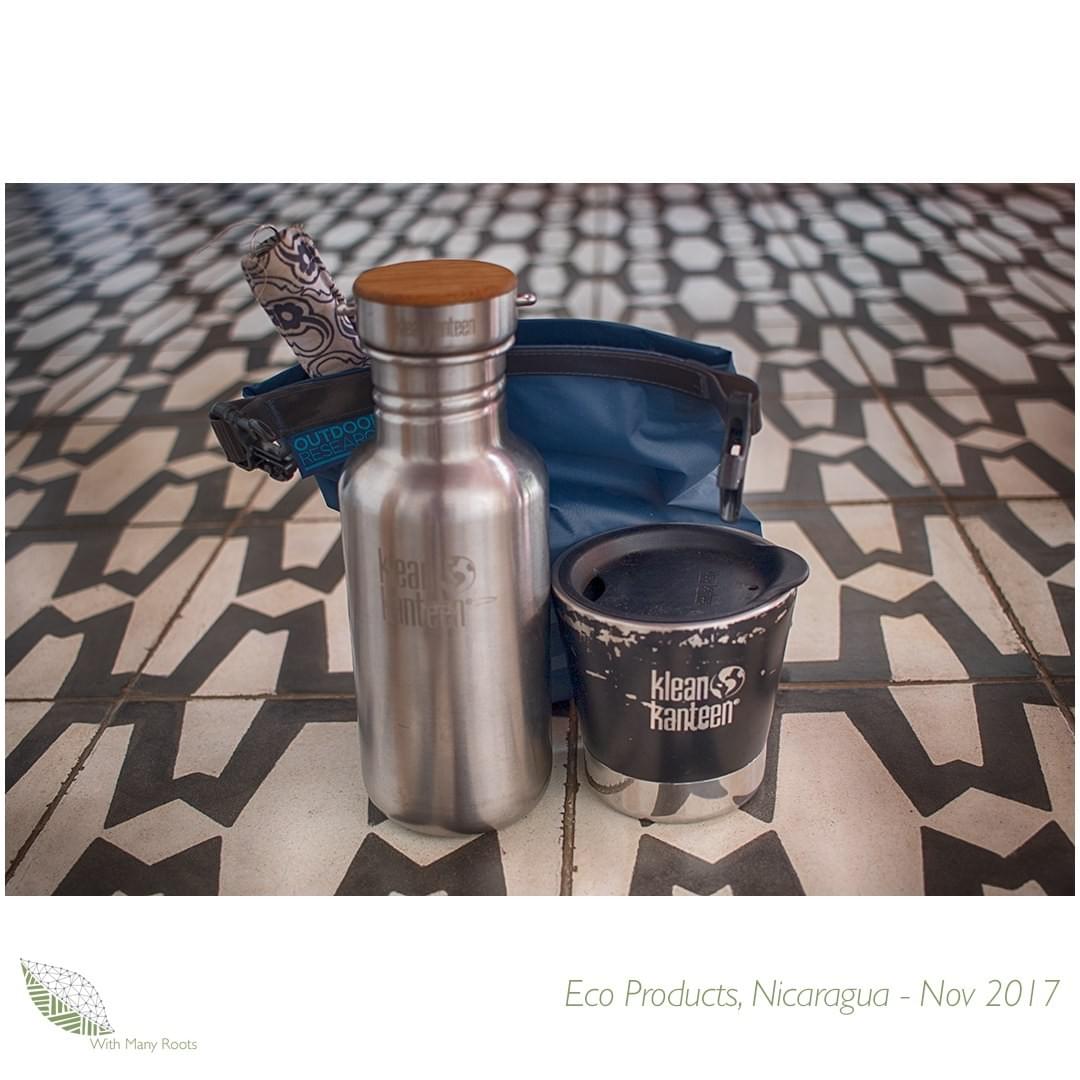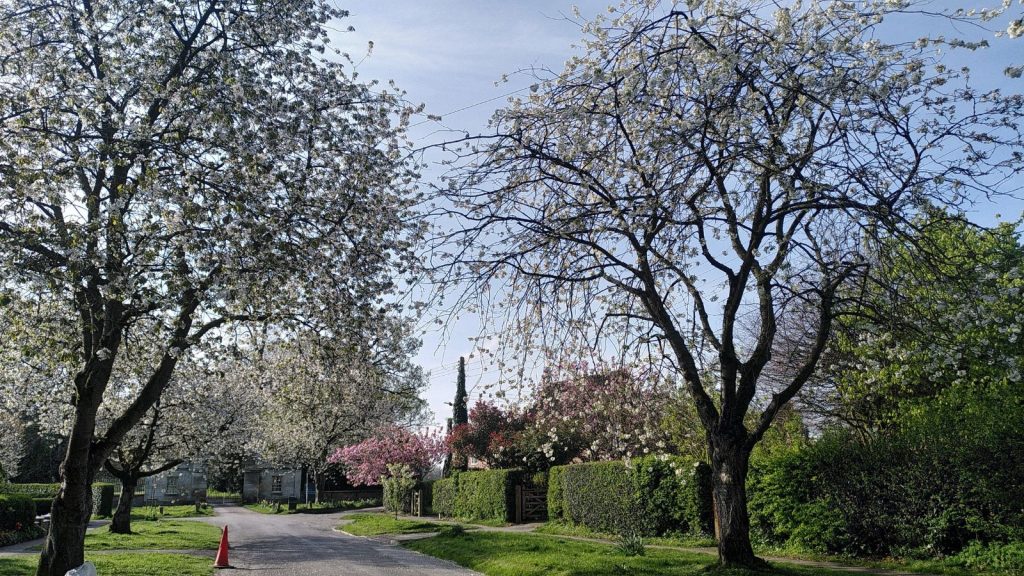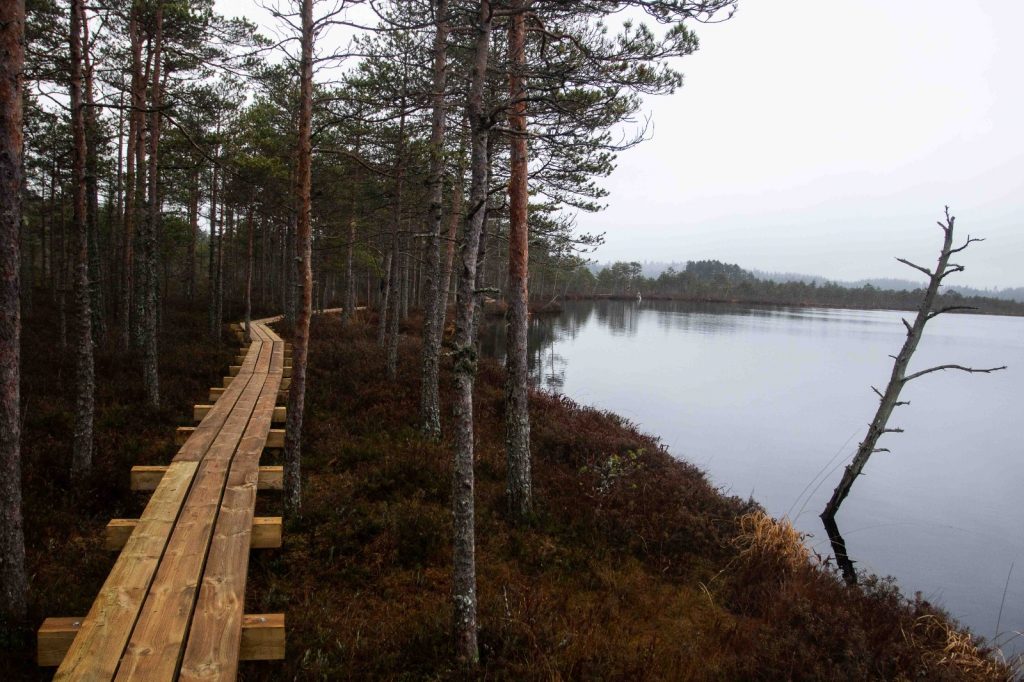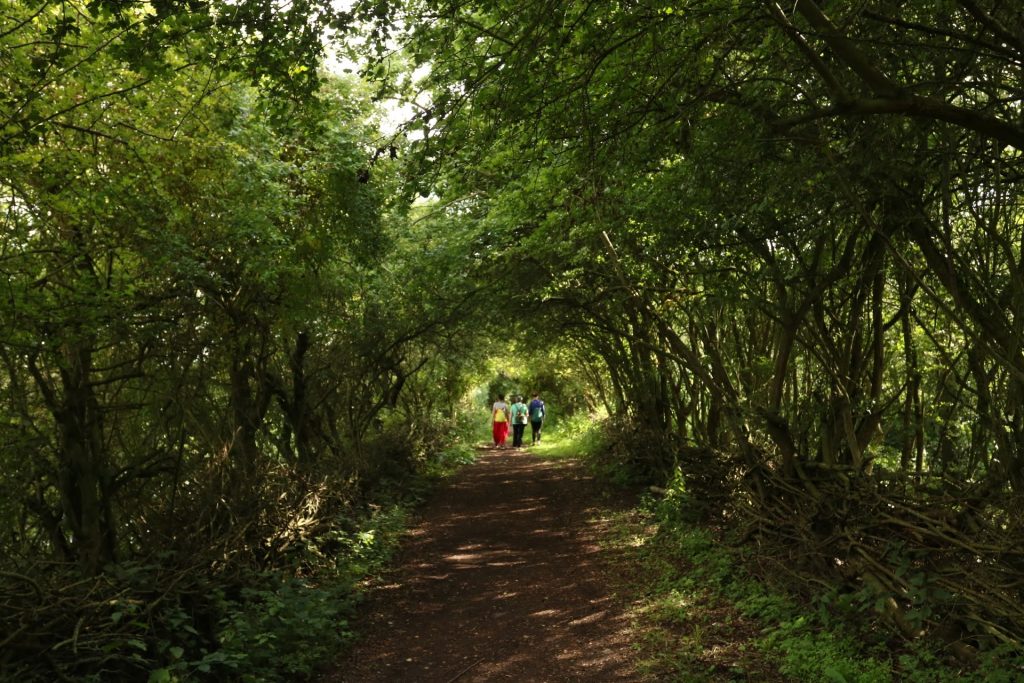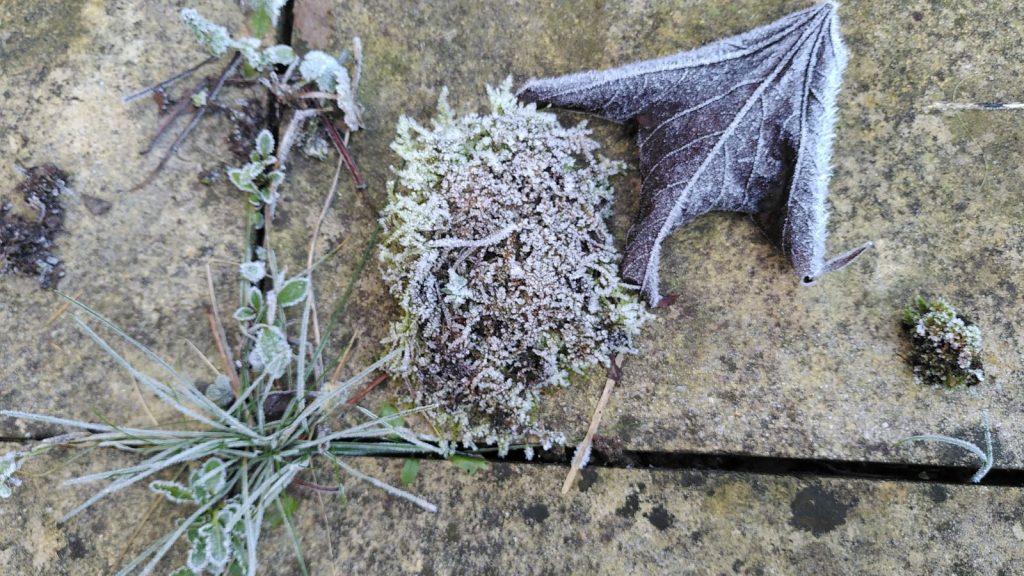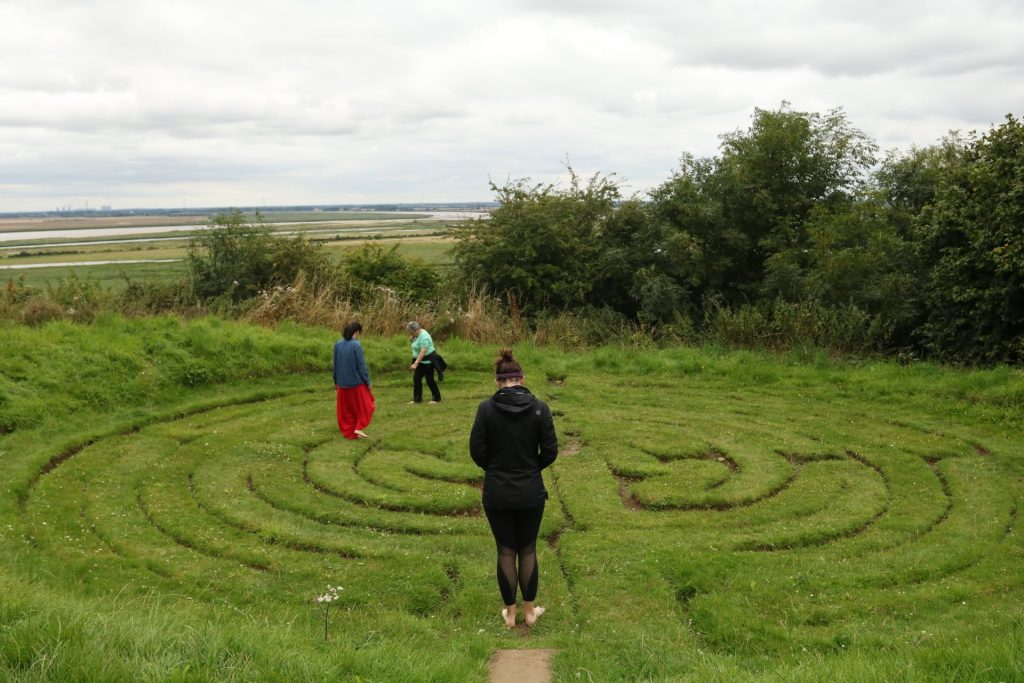How ecologically intelligent are you?
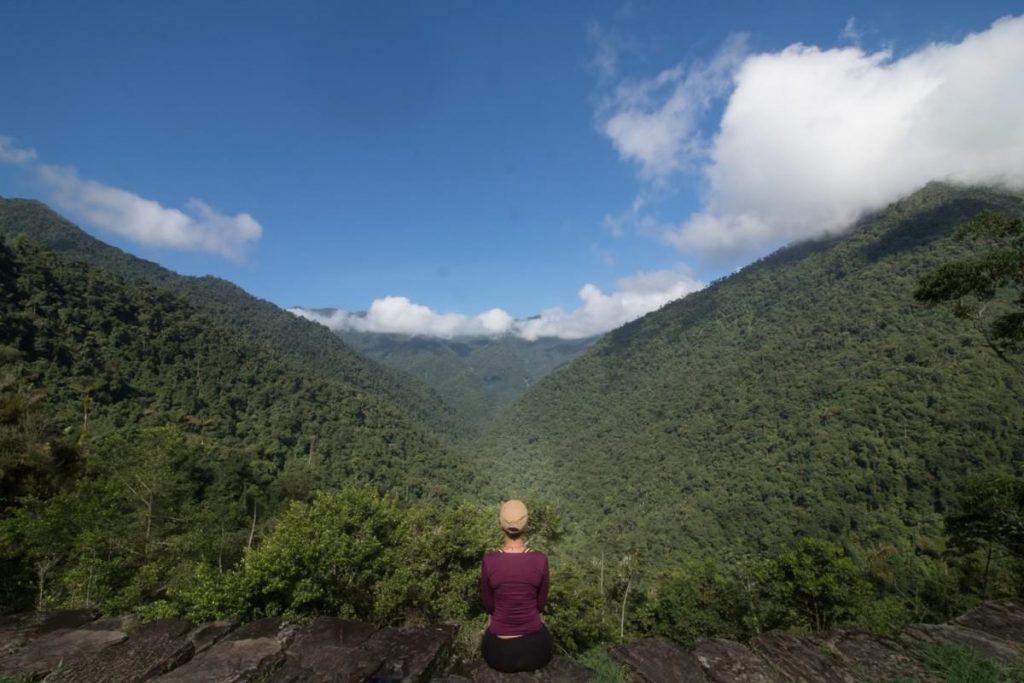
Not your IQ, or even your EQ (emotional intelligence), have you heard of ecological intelligence? Neither had I until a few months ago after learning from Petr and his educational NGO in Bali.
A bit of Googling opened up a whole new world to me and I soon stumbled upon Daniel Goleman’s book Ecological Intelligence; How Knowing the Hidden Impacts of What We Buy Can Change Everything. Many of you probably have heard of (and perhaps read) his bestseller, Emotional Intelligence. (Disclaimer: it’s been on my shelf for over 13 years and I’ve never quite got around to it! *guilty*). I thought I could amend my ways by tucking straight into this greener version.
Originally published in 2007, I realised I was a bit late arriving to this party and as I consumed the pages, part of me was wondering what has been the lasting impact of Goleman’s words? Googling ‘Ecological Intelligence’ still delivers his book as the top search, I would have expected perhaps more campaigns around this movement.
But a decade late is better than never and I was curious to know more. With very accessible writing I learnt more about the industrial processes that go into making the everyday things we so often take for granted. Like glass jars for example.
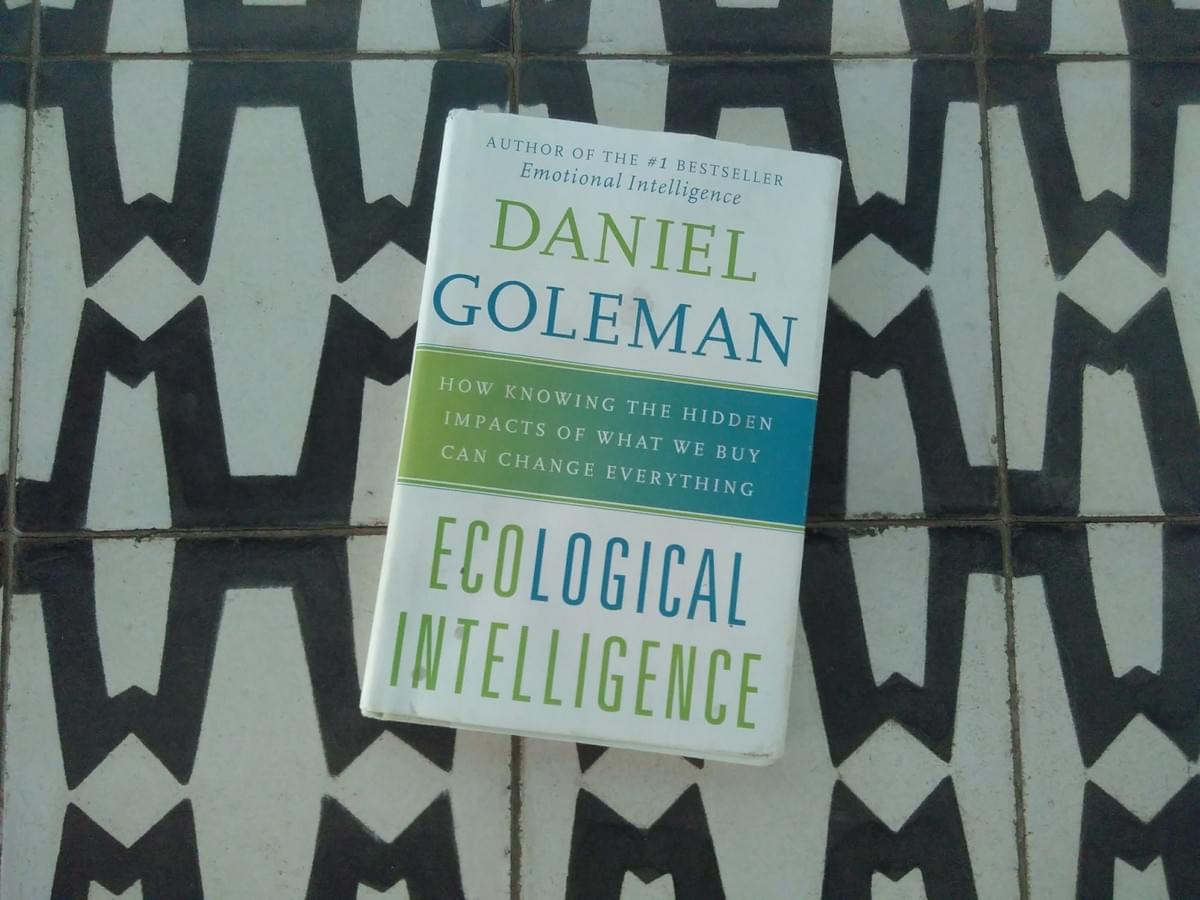
“Our manufacturing technologies and the chemistry deployed were largely chosen in a more innocent time, one when shoppers and industrial engineers alike had the luxury of paying little or no attention to the adverse impacts of what was made. …They were oblivious to the costs of these well-meaning choices to our planet and its people. As utilised in yesterdays’ business environment, today’s industrial chemical process made utter sense but all too many make little sense going forward. Consumers and businesses alike can no longer afford to leave invisible decisions about those chemicals and processes – and their ecological consequences unexamined.”
How many steps does it take to make a glass jar?
I learnt about industrial ecology; “the discipline that routinely does impact analyses- where chemistry, physics, and engineering meet ecology and integrates those fields to quantify the impact on the nature of manmade things”. And Life Cycle Assessments (LCA) – systematic breakdown of any manufactured item into its components and subsidiary industrial processes and their impact on nature – from the beginning of production through to their final disposal.
Did you know there are 1959 distinct “unit processes” involved in making a glass jar?
In 1991, paper vs plastic coffee cups featured in a pioneering LCA study. Did you know a paper cup consumes 33 gms of wood, while a polystyrene one uses about 4 grams of fuel oil or natural gas and both require a “slew of chemicals”? “Making a paper cup consumes 36 times as much electricity and 580 times the volume of wastewater (which contains chemicals levels of contaminant like chlorine), on the other hand, making a plastic cup produces pentane, a gas that increases ozone and greenhouse gas. And then methane is released from paper cups when left to biodegrade in a landfill.” At thus point my brain starts to explode as I try and absorb the complexity of it all.
The book sheds light on the downsides of organic cotton, of which I was only vaguely aware; “it takes about 2700 litres of water to grow the cotton for one t-shirt, often the yarn gets bleached, dyed and finished with industrial chemicals that include chromium, chlorine, formaldehyde. Cotton resists absorbing dye and large amounts rinses off into factory wastewater. Some commonly used textile dyes harbour carcinogens – epidemiologists have long known that works in dye plants have unusually high rates of leukemia.” And here, my jaw drops to the floor.
He is critical of ‘greenwashing’ using ‘attentional bait to direct shoppers’ focus away from whatever negatives a given product may still have.” I think many of us have fallen prey to this one.
Radical Transparency
Goleman introduces the idea of “radical transparency” to address our information deficit by moving the “control of the data from sellers to buyers”: “Whether we are a single consumer, an organisation’s purchasing agent or an executive managing a brand, if we know the hidden impacts of what we buy, sell or make with the precision of an industrial ecologist, we could become shapers of a more positive future by making our decisions better align with our values.
He hypotheses a wave of ecological transparency that will be ‘far more radical’ back in 2007, when Twitter was fairly new on the scene, before – did the world take heed? Has the flood he prophesied come about?
Despite us being more aware than ever of the harm we our doing to ourselves and our environment, “a fundamental disconnect resides within our awareness, between what we do and how it matters.” It’s been a decade since Goleman wrote that statement and he still seems to be spot on; a report released in October 2017 showed how environmental footprints did not shrink with increasing environmental knowledge. Environmentalists seem to be suggesting we do as they say, not as they do.
So what can we do?
We can call on our ecological intelligence; “let us apply what we learn about how human activity impinges on ecosystems so as do do less harm and once again learn to live sustainably.” He calls us to unite under three collective ecological goals;
- Know your impacts
- Favour improvements
- Share what you learn
And encourage us to identify adverse impacts in three interconnecting realms
- geosphere (including soil, air, water, climate)
- biosphere (our bodies, other species, plant life)
- sociosphere (human concerns such as conditions for workers)
This book is full of useful nuggets balanced against an appreciation of the complexity involved in the production of all the stuff we have hoarded around us, driven by evermore manipulative marketing. Despite the revelations about the sheer level of toxins we come into contact with, the scale of environmental destruction and the futility of recycling – it is a positive book – or at least it ends on an up note.
There is a virtuous cycle. Goleman suggests that change is unlikely to come from government legislation or banning, but when information is available to the consumer it enables a potent market force in shifting trends. Goleman refers to how hydrogenated oils all but disappeared from American food in less than 10 years.
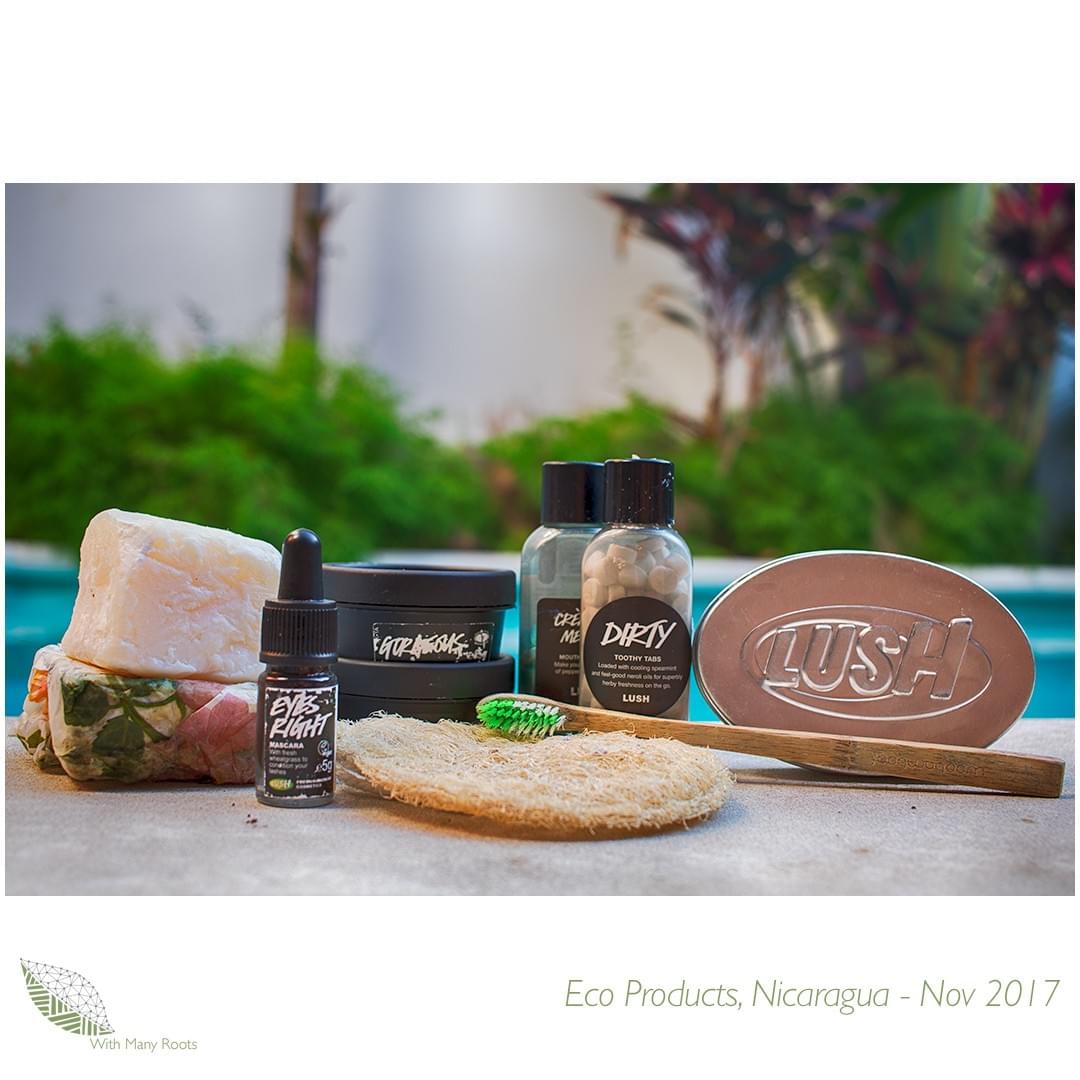
I immediately felt inspired on finishing the book, sharing my steps to ethical banking; which has lead to more enquiries than I can count on one hand. No, I don’t have a huge following, nor am I probably what you’d call an “influencer” – but I can reach some people, small touch points that can ripple wider. In this age we all have a platform, we can speak to brands directly, talk to people we’ve never met before and have a novel way of speaking to our friends and family.
So this is my statement, plagiarising from my last ethical post; life is not measured by intentions but by actions.
